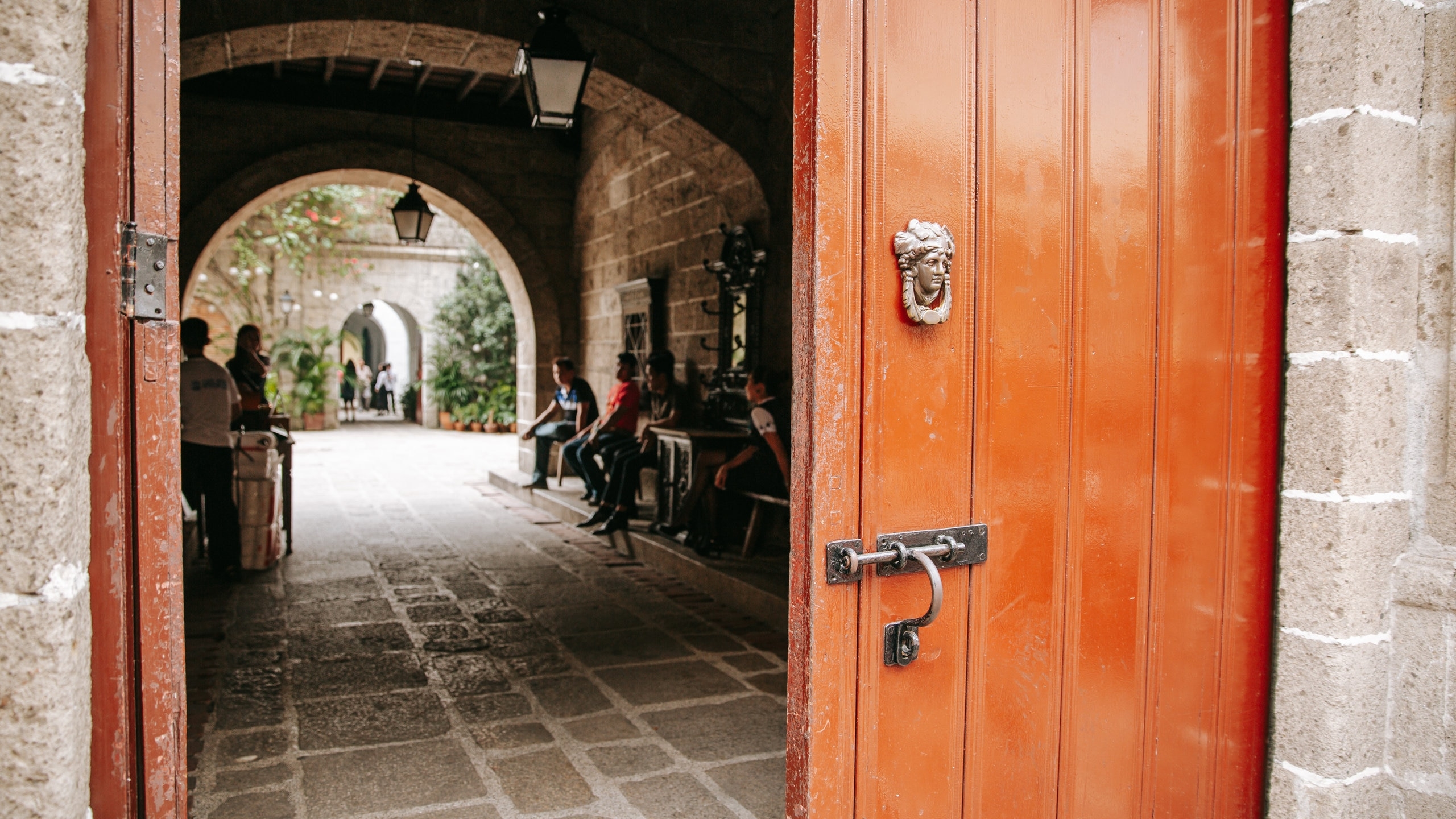Exploring the Historic Bahay Tsinoy in Intramuros
Nestled within the historic walls of Intramuros in Manila, the Bahay Tsinoy stands as a testament to the rich cultural tapestry woven by the Chinese-Filipino community. This museum offers a unique glimpse into the lives, contributions, and enduring legacy of the Chinese in the Philippines. Whether you’re a history enthusiast or simply curious about the cultural influences that have shaped the nation, Bahay Tsinoy provides an insightful and engaging experience.
Understanding the Significance of Bahay Tsinoy
Bahay Tsinoy, which translates to “House of the Chinese-Filipino,” is more than just a museum; it’s a cultural landmark that highlights the integral role of the Chinese community in Philippine history. The museum is housed in a building that reflects traditional Filipino-Spanish architecture, adding to its historical charm. Inside, visitors can explore various exhibits that chronicle the journey of Chinese immigrants from the pre-colonial period to modern times. These exhibits showcase artifacts, photographs, and dioramas that vividly depict the Chinese influence on Filipino culture, commerce, and society.
The museum is particularly significant because it sheds light on the often-overlooked contributions of the Chinese-Filipino community. From their involvement in trade and commerce to their influence on local cuisine and traditions, the Chinese have played a pivotal role in shaping the Philippines. By visiting Bahay Tsinoy, you gain a deeper appreciation for this cultural exchange and the harmonious blend of traditions that define Filipino identity.
What to Expect During Your Visit
When you step into Bahay Tsinoy, you’re embarking on a journey through time. The museum is thoughtfully organized into different sections, each focusing on a specific aspect of Chinese-Filipino history. One of the highlights is the “Early Contacts” exhibit, which explores the initial interactions between Chinese traders and indigenous Filipinos. This section provides fascinating insights into how these early exchanges laid the groundwork for a lasting relationship.
Another must-see is the “Parian” exhibit, which delves into the establishment of Chinese communities in the Philippines during the Spanish colonial period. Here, you’ll find detailed dioramas and artifacts that illustrate the daily lives of Chinese settlers and their integration into Filipino society. The “Gallery of Rare Prints” is also worth a visit, featuring a collection of historical prints and photographs that offer a visual narrative of the Chinese-Filipino experience.
As you move through the museum, you’ll encounter stories of resilience, adaptation, and cultural fusion. The exhibits are designed to be both educational and engaging, making them suitable for visitors of all ages. Whether you’re interested in history, culture, or simply want to learn something new, Bahay Tsinoy offers a comprehensive and enriching experience.
Tips for Visiting Bahay Tsinoy
To make the most of your visit to Bahay Tsinoy, consider the following tips:
- Plan Your Visit: The museum is located in the heart of Intramuros, so it’s a good idea to plan your visit alongside other attractions in the area. Intramuros is home to several historical sites, including Fort Santiago and San Agustin Church, making it a perfect day trip destination.
- Check the Schedule: Before heading out, check the museum’s operating hours and any special events or exhibits that might be taking place. This will help you plan your visit more effectively and ensure you don’t miss out on any unique experiences.
- Take a Guided Tour: While the museum is self-explanatory, joining a guided tour can enhance your understanding of the exhibits. Knowledgeable guides can provide additional context and share interesting anecdotes that bring the history to life.
- Engage with the Exhibits: Take your time to explore each section and engage with the interactive displays. The museum is designed to be immersive, so don’t hesitate to ask questions or participate in any hands-on activities available.
- Capture the Experience: Photography is allowed in most areas of the museum, so feel free to capture your favorite moments. However, be mindful of any restrictions and respect the museum’s guidelines.
- Reflect on the Experience: After your visit, take a moment to reflect on what you’ve learned. The stories and artifacts at Bahay Tsinoy offer valuable insights into the cultural diversity and shared history of the Philippines.
Bahay Tsinoy is more than just a museum; it’s a celebration of the enduring bond between the Chinese and Filipino communities. By exploring its exhibits, you gain a deeper understanding of the cultural influences that have shaped the nation and continue to enrich its identity. Whether you’re a local or a tourist, a visit to Bahay Tsinoy is a journey worth taking.
